The AnandTech Coffee Lake Review: Initial Numbers on the Core i7-8700K and Core i5-8400
by Ian Cutress on October 5, 2017 9:00 AM EST- Posted in
- CPUs
- Intel
- Core i5
- Core i7
- Core i3
- 14nm
- Coffee Lake
- 14++
- Hex-Core
- Hyperthreading
Differences from Coffee Lake to Kaby Lake
Physical Design: Pin Outs
The platform for the new Coffee Lake systems is going to look and feel very similar to the 6th and 7th Generation platform, with some minor differences, but this could lead to a lot of confusion.
Intel has made it very clear that Coffee Lake processors will work only in Z370 motherboards, and not in the previous generation Z270 motherboards. This despite the fact that both generations of boards share the same socket design due to how the pins are used. In Intel’s 8th Gen datasheet posted online, a full pin-out is provided, showing that there is indeed a difference between the new Coffee Lake processors and the older Kaby Lake processors, and what those specific differences are.
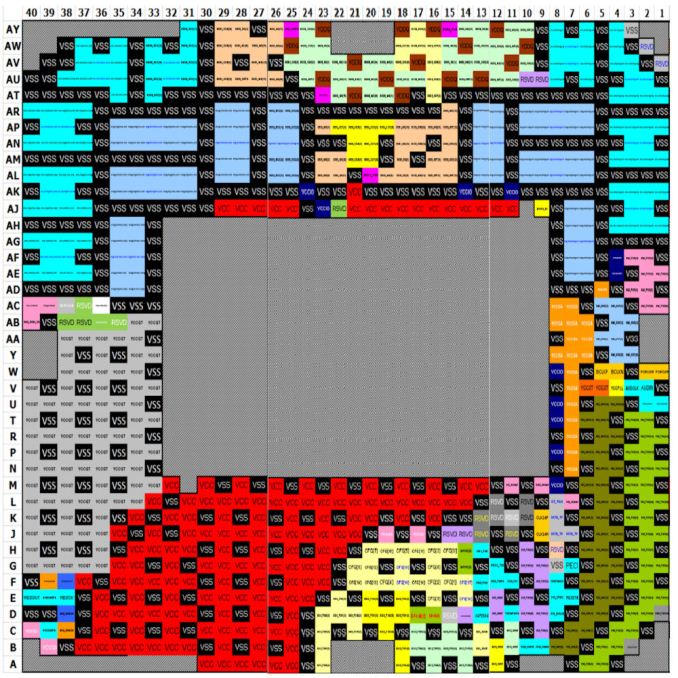
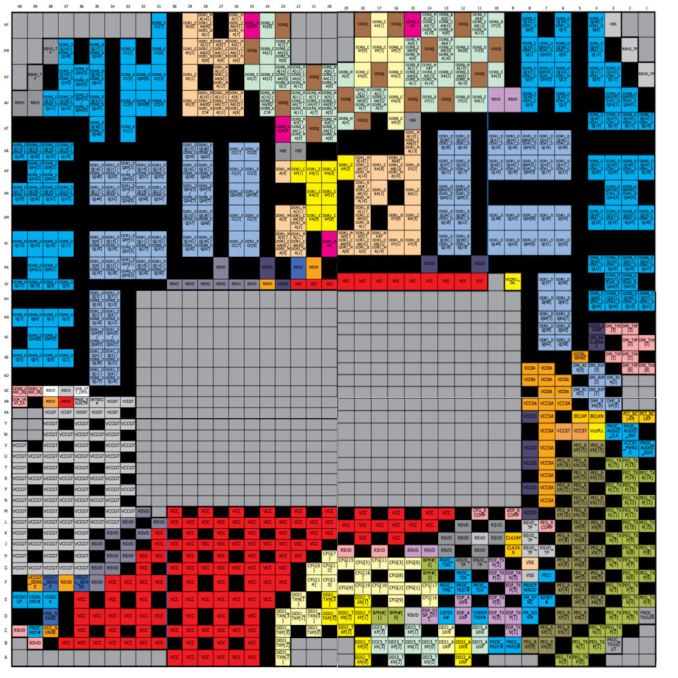
Coffee Lake (left), Kaby Lake (right) - not to scale
Image from David Schor, Wikichip
With the new CPUs, more pins are converted from RSVD (reserved) to VCC (power) and VSS (ground), specifically, there are 18 more power pins and 14 more ground pins, with a slight rearrangement in how the pins are provided. Most of the changes can be seen just above the central blank area to the left, where grey RSVD areas are now red.
In any regular generational change, the pin-out adjustment is to be expected. This is usually accompanied by a change in the socket, such as from one flavor of LGA115x to another flavor of LGA115x, in order to avoid any confusion as to what processors work in what motherboards. These sockets might have been physically similar, such as the socket 775 and socket 771 processors, but notched differently to avoid misplacing a CPU into the wrong socket. But this difference does not exist for Coffee Lake.
Physical Design: Notches
So the pin-outs for Coffee Lake and Kaby Lake are different, especially with the support for hex-core processors, but that is not a big story. What is a big story is as the physical socket being identical to the last platform: both use LGA1151. To compound the issue, both sets of processors have the same notches in the same places on their packages, making it very easy to place the wrong CPU in the wrong motherboard. Notches are typically used to physically restrict which processors go into which motherboards. Intel decided there was no need to differentiate this time around.
Whoever at Intel thought this was a good idea needs to reevaluate their decisions. If the new CPU was labelled as LGA1153, still had 1151 pins but slightly different notches, this wouldn’t be an issue because users would not be able to misplace (and potentially damage) their new CPUs by placing them in the wrong motherboards.
Integrated Graphics
Blowing up specialized sand aside, there is going to be a few differences in the capabilities of each platform. The new processors will support HDCP2.2 on both DisplayPort and HDMI, although an external LSPCon is still needed for HDMI 2.0.
The video outputs for Coffee Lake will be similar to that on Kaby Lake, with three display pipes supported for motherboard manufacturers to configure as needed.
The full decode/encode support is listed below.
Perhaps surprisingly, Intel did not explicitly mention the state of the integrated graphics in the new set of processors during our pre-briefing. This is odd, especially given the amount of time spent praising the virtues of previous generations of the graphics. Due to the early announcement of the processors last week, more details have emerged.
All the six processors being made available today will have Intel’s UHD Graphics 630. This is basically identical to the previous generation's HD Graphics 630, except the name is now UHD, which we suppose is for marketing purposes now that UHD content and displays are more ubiquitous when the naming first started. The other change is HDCP2.2 support.
We were told that there are performance improvements with the new graphics package, mainly from an updated driver stack but also increased frequencies. All the parts will have an idle frequency of 350 MHz, and boost up to the following frequencies:
| Intel 8th Generation 'Coffee Lake' Desktop Processors | ||||||
| i7-8700K | i7-8700 | i5-8600K | i5-8400 | i3-8350K | i3-8100 | |
| Integrated Graphics | GT2: 24 EUs | GT2: 23 EUs | ||||
| IGP Base Freq | 350 MHz | 350 MHz | ||||
| IGP Turbo | 1.20 GHz | 1.20 GHz | 1.15 GHz | 1.05 GHz | 1.15 GHz | 1.10 GHz |
In the case of the Core i7-8700K, this is a 50 MHz jump over the previous generation.
The Intel Z370 Chipset
From a high level, the Z370 chipset is identical to the Z270 chipset. The connectivity is the same, the number of supported PCIe 3.0 lanes is the same, the available bifurcation is the same, the controller support is the same: it is the same chipset under a new name, to help identify the new motherboards that support Intel’s 8th Generation processors compared to the previous chipset for the previous generation of processors.
From the chipset directly we get 20-24 PCIe 3.0 lanes, six SATA 6 Gbps ports with support for RAID 0/1/5/10, a total of 14 USB ports (either 2.0 or 3.0, up to a maximum of ten of USB 3.0), and support for network controllers, support for Thunderbolt 3, and support for Intel’s Optane memory as a boot drive. It’s critical that we say ‘support’ here, because the diagram above from Intel is misleading: Intel is not supporting Thunderbolt directly from the chipset, and motherboard manufacturers will have to include a Thunderbolt 3 controller in order to do so.
So on the face of it, the chipset is not too different. What will be different is on the motherboard-as-a-whole side.



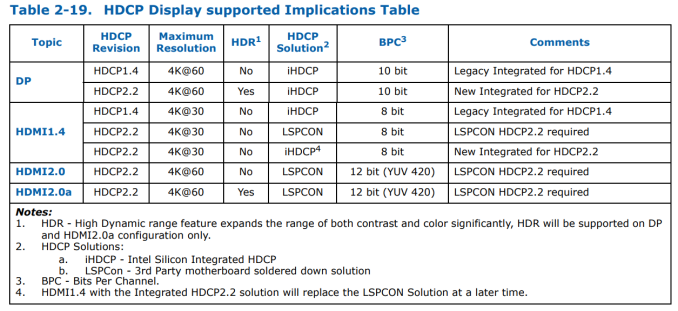
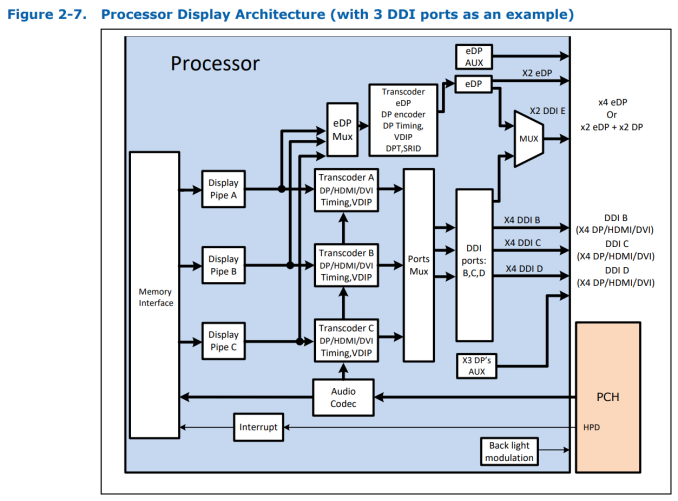

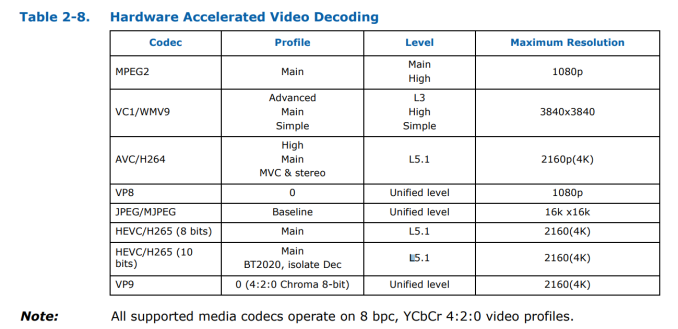
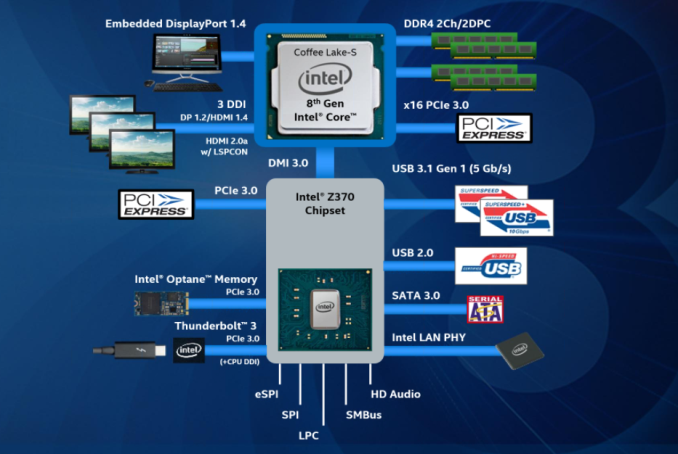








222 Comments
View All Comments
DigitalFreak - Thursday, October 5, 2017 - link
Anyone having an issue with Bench? I'm trying to compare my i7-3770k to the i7-8700k and it comes back with no data. Same with trying the Threadripper 1920xmkaibear - Friday, October 6, 2017 - link
CPU tests changed so benchmarks weren't comparable. Latest processor tested on the old tests was the 7700K iirc, and not everything is tested on the new tests.I'd compare results for the 3770k and the 2600K to get a baseline then you can compare 2600K to the 8700K. It's a bit fiddly, I have to do the same with my 4790K.
Ian Cutress - Saturday, October 7, 2017 - link
We updated our CPU testing suite for Windows 10 in Q1. Regression testing is an on-going process, though it's been slow because of all the CPU launches this year. Normally we have 1/2 a year. We're so far at what, 6 or 7 for 2017?mczak - Thursday, October 5, 2017 - link
Doesn't look to me like the die size actually increased at all due to the increased gate pitch.The calculations in the article forgot to account for the increase of the unused area (at the bottom left) - this area is tiny with 2c die, but increases with each 2 cores added significantly. By the looks of it, that unused area would have grown by about 2 mm^2 or so going from 4 to 6 cores, albeit I'm too lazy to count the pixels...
jjj - Thursday, October 5, 2017 - link
Your conclusion is weirdest thing ever, you fully ignore the 8359k and AMD.In retail, the 8350k will do very very well and retail is what matters for most readers
And ignoring AMD is not ok at all, it's like you think that we are all idiots that buy on brand.You do think that, your system guides make that very clear but you should not accept, support and endorse such an idiotic behavior.
AMD got hit hard here, Intel takes back the lead and it's important to state that. Sure they might have Pinnacle Ridge in a few months and take back the lead but buyers that can't wait should go with Intel right now, for the most part. AMD could also adjust prices ofc.
Tigris - Thursday, October 5, 2017 - link
Really confused why the pricing listed in this review isn't consistent- for Intel you were posting prices you found online, but for Ryzen you appear to be posting MSRP.The truth is- you can find 1700x for $298 right now EASILY (Amazon), yet Microcenter is selling the 8700k for $499.
If you factor this information in, the AMD solutions are still far more valuable per dollar.
wolfemane - Thursday, October 5, 2017 - link
I really can’t belive the amount of flak Anandtech takes these days. I find it un-earned an unwarrented. Out of all the tech sites and forums I manage to read in a given week, Anandtech is the most often quoted and linked to. Hell I use it as my go to for reference and comparison (and general reading). My only big complaint is your ads, and I’d gladly pay a sub to completely remove that nonsense and directly support the site!Ian, you and your staff deserve far more credit than you get and that’s an injustice. Each piece is pretty thorough and pretty spot on. So for that thank you very much.
This article is no exception to the rule and is superb. Your graph layouts are a welcome feature!!!!! I look forward to your ever expanding tests as new chips roll in. I think the 8600k is going to be a game changer in the i5 vs i7 performance category for these hexacore cpus. I think that’s why almost all the reviews I’m reading today are with the 8700k and 8400.
Agin, thank you and your staff very much for the work you put into publishing amazing articles!!
vanilla_gorilla - Thursday, October 5, 2017 - link
Personally I buy whatever is best at the time. Right now I'm typing this on a 1700x and I can see a 4770k build on the desk next to me. So it's always funny to see the bias. Intel review gets posted, AMD fanboys come out of the wood works to trash them as paid shills. But it works exactly the same on any positive AMD reviews. Intel fans come in trashing them. It's really odd. Anandtech is one of the most unbiased sites I've found and I trust their reviews implicitly.mkaibear - Saturday, October 7, 2017 - link
> Anandtech is one of the most unbiased sites I've found and I trust their reviews implicitly.Yep. Anyone who looks at AT and sees bias needs to examine their own eyesight.
SeannyB - Thursday, October 5, 2017 - link
For the H.264 encoding tests, you could consider using the "medium" preset or better. The "very fast" preset has a tendency to use fewer cores.